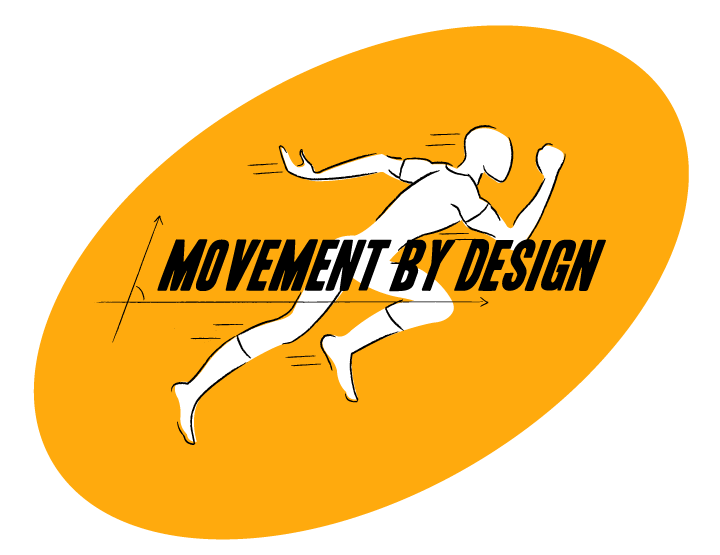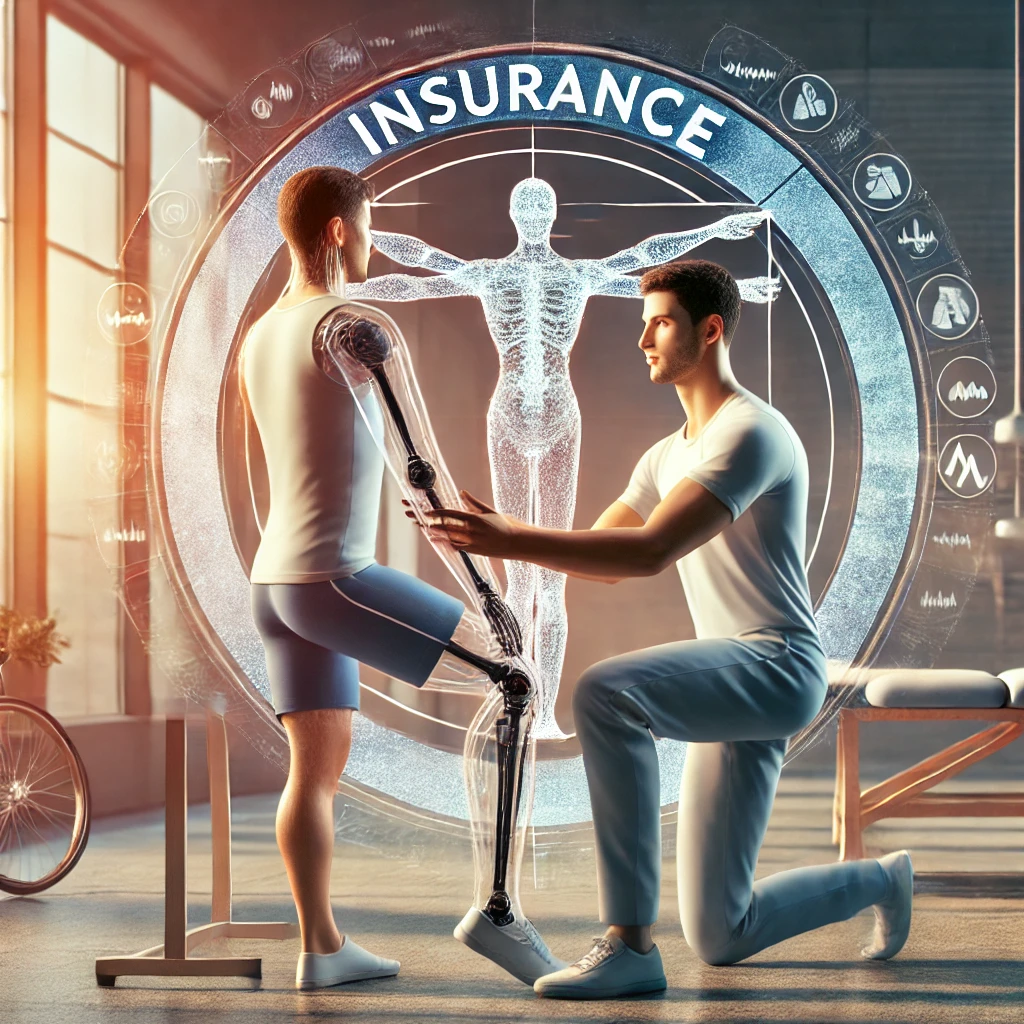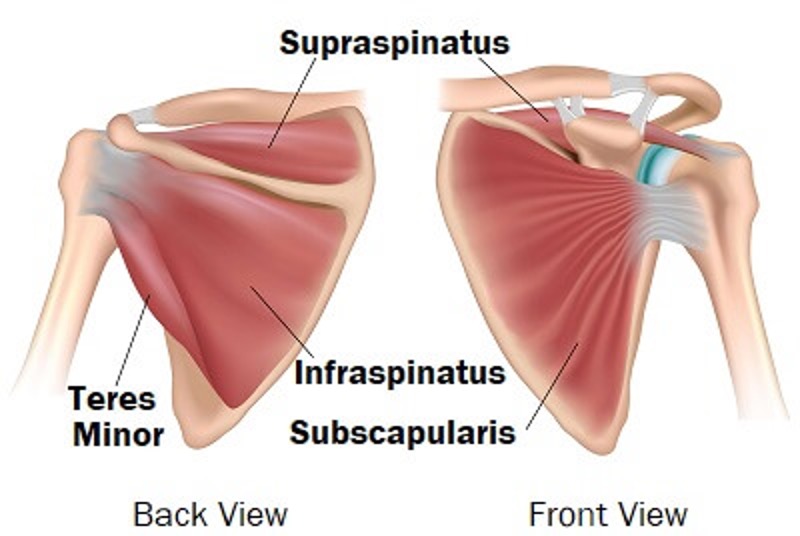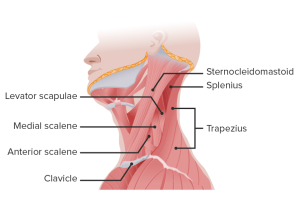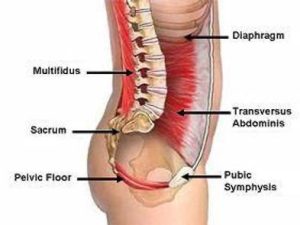Bounce Back Stronger: Overcoming Padel Injuries with Movement By Design
At Movement By Design (MBD), Colaba, we specialize in helping players recover from padel-related injuries and improve their performance through expert physiotherapy, rehabilitation, and fitness programs.
Common Injuries in Padel
- Tennis Elbow (Lateral Epicondylitis)
- Cause: Repetitive gripping and wrist movements while hitting the ball.
- Symptoms: Pain on the outer elbow, weakness in grip strength, and difficulty lifting objects.
- Shoulder Impingement
- Cause: Repeated overhead shots and smashes, leading to inflammation in the shoulder tendons.
- Symptoms: Pain when lifting the arm, reduced range of motion, and weakness.
- Ankle Sprains
- Cause: Sudden changes in direction or landing awkwardly after a jump.
- Symptoms: Swelling, pain, and instability in the ankle.
- Knee Pain (Patellar Tendinitis)
- Cause: Overuse and stress on the knee during quick lunges and jumps.
- Symptoms: Pain below the kneecap, stiffness, and difficulty bending the knee.
- Lower Back Strain
- Cause: Twisting motions, poor posture during play, and weak core muscles.
- Symptoms: Stiffness, pain during movement, and muscle spasms.
- Wrist Injuries
- Cause: Improper racket grip or excessive wrist movement.
- Symptoms: Pain, swelling, and reduced flexibility in the wrist.
How Movement By Design Can Help
At MBD, Colaba, we offer tailored programs to address padel injuries, prevent recurrence, and enhance overall performance. Here’s how we can support you:
- Expert Physiotherapy
- Comprehensive assessment to identify the root cause of your injury.
- Targeted treatments, including manual therapy, dry needling, and ultrasound therapy, to alleviate pain and promote healing.
- Rehabilitation Programs
- Customized rehab plans focusing on restoring strength, flexibility, and mobility.
- Progressive exercises to ensure a safe return to the court.
- Strength and Conditioning
- Sport-specific training to build muscle strength, improve endurance, and reduce the risk of re-injury.
- Functional exercises tailored to the demands of padel, such as lateral movements, rotational power, and quick sprints.
- Injury Prevention Programs
- Guidance on proper warm-up routines and stretching techniques.
- Education on biomechanics and correct playing techniques to minimize strain on joints and muscles.
- Core Stability and Posture Training
- Focus on building a strong core to support the lower back and improve balance.
- Exercises to correct posture, enhancing both performance and injury resistance.
- Massage Therapy and Myofascial Release
- Specialized massages to relieve muscle tension and enhance recovery.
- Techniques like myofascial release to improve flexibility and reduce pain.
- Structural Integration (SI)
- Realigning the body to correct imbalances caused by repetitive movements in padel.
- SI therapy improves posture, enhances movement efficiency, and reduces injury risk.
Why Choose Movement By Design?
- Experienced Team: Skilled physiotherapists and fitness experts with a deep understanding of sports injuries and rehabilitation.
- Personalized Care: Every program is tailored to the individual, ensuring effective recovery and long-term wellness.
- Holistic Approach: Combining physiotherapy, fitness training, and wellness techniques for comprehensive care.
- State-of-the-Art Facilities: Advanced equipment and methodologies to deliver world-class treatment.
Get Back in the Game with MBD
Padel is a sport that demands agility, strength, and precision. At Movement By Design, Colaba, we are committed to helping you overcome injuries, enhance your performance, and enjoy the game you love. Whether you’re recovering from an injury or looking to prevent one, our expert team is here to guide you every step of the way.
Don’t let injuries hold you back. Contact us today and let’s get you back on the court—stronger, faster, and pain-free!
